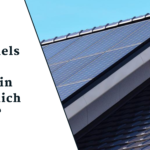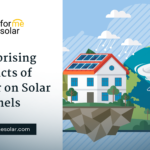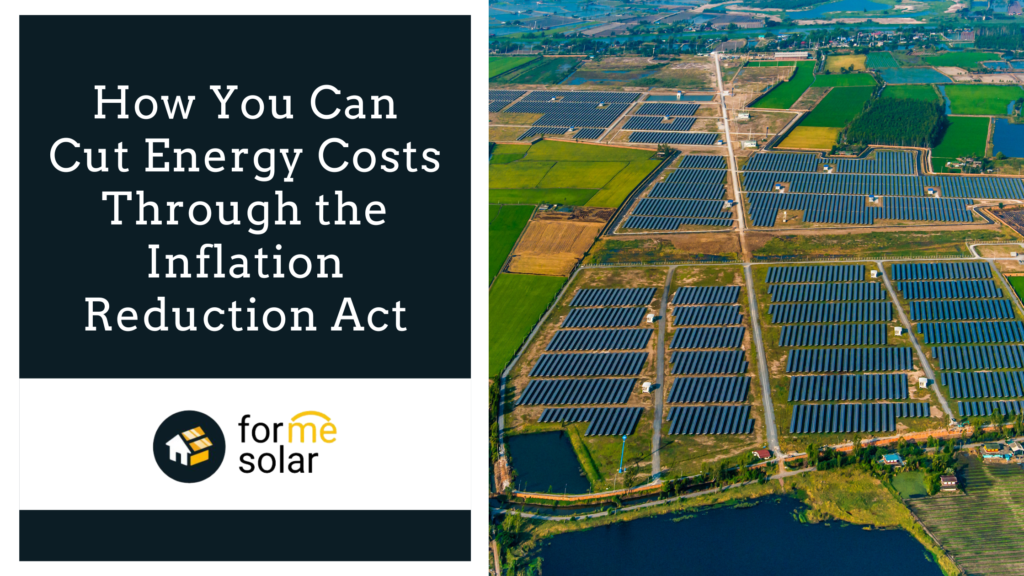
Table of Contents
How You Can Cut Energy Costs Through the Inflation Reduction Act
The escalating costs tied to energy consumption have become a widespread concern, affecting both households and businesses. As the financial strain caused by rising energy bills looms large, individuals and enterprises are actively seeking innovative solutions. The Inflation Reduction Act, recently enacted as a legislative response to address economic challenges, introduces a range of measures aimed at easing financial burdens. These provisions carry the potential to substantially impact energy-related expenses.
Within this comprehensive guide, we invite you to explore how the Inflation Reduction Act can serve as a valuable ally in your pursuit of reducing energy costs. From appealing tax incentives that promote energy-efficient upgrades to initiatives that champion weatherization and sustainable practices, this legislation unveils a realm of opportunities designed to not only alleviate financial constraints but also contribute to the well-being of both your wallet and the environment.
Join us as we navigate through the key provisions of the Inflation Reduction Act, unveiling its potential to usher in a future that is both environmentally responsible and economically prudent. In the following sections, we will delve into the specifics, equipping you with the knowledge and tools needed to take proactive steps toward diminishing your energy expenditures.
Understanding the Inflation Reduction Act
The Inflation Reduction Act, crafted in response to today's tough economic challenges, is a comprehensive piece of legislation designed to tackle various financial issues. Among its many provisions, our primary focus will be on those directly linked to easing the burden of energy costs and promoting sustainability.
While this law may seem complex, it represents a ray of hope and a promise of relief for those struggling with ever-rising energy bills. It embodies our collective vision for cleaner surroundings and a more secure financial future. As we journey through its core provisions, we'll uncover the parts that provide relief from the constant weight of energy expenses. Additionally, we'll explore how these measures are paving the way for a more sustainable and financially sound future. Join us on this voyage, where we'll discover how the Inflation Reduction Act is not just a set of rules; it's a driving force for change, guiding us toward financial stability and a greener tomorrow.
Tax Incentives for Energy Efficiency
One remarkable aspect of the Inflation Reduction Act lies in its commitment to promote energy-efficient practices through a system of tax benefits. These incentives serve as powerful motivators, encouraging both individuals and businesses to take significant steps towards adopting energy-efficient technologies and sustainable practices. Let's delve deeper into some of the pivotal tax incentives that have been introduced as part of this act.
The tax incentives provided by the Inflation Reduction Act are designed to reward those who proactively invest in energy-efficient solutions. These incentives can take various forms, such as tax credits or deductions, depending on the specific provisions outlined in the legislation.
For instance, individuals who choose to upgrade their homes with energy-efficient appliances or make significant improvements to their property's energy efficiency may be eligible for tax credits. These credits can translate into tangible financial benefits, reducing their overall tax liability.
Businesses, too, stand to gain substantially from these incentives. By embracing energy-efficient technologies and practices within their operations, they not only contribute to a more sustainable future but also enjoy potential tax deductions that can bolster their bottom line.
The Solar Investment Tax Credit (ITC)
The ITC serves as a powerful incentive, effectively lowering the financial barrier for individuals and enterprises looking to transition to cleaner and more sustainable energy sources. It encourages them to take the bold step toward harnessing the sun's abundant energy while simultaneously reaping the fiscal benefits associated with this progressive tax credit program. By further examining the nuances and implications of the ITC, we can gain a deeper appreciation for its substantial impact on the growth of solar energy across the nation.
Residential Renewable Energy Tax Credit
The Residential Renewable Energy Tax Credit is another provision under the Inflation Reduction Act aimed at promoting renewable energy adoption among homeowners. This tax credit extends financial benefits to individuals who invest in renewable energy systems for their homes, such as solar panels, wind turbines, and geothermal heat pumps.
Homeowners can receive a percentage-based tax credit for the qualified expenses incurred during the installation of renewable energy systems. This credit not only reduces the initial investment but also translates into substantial long-term energy savings.
Business Energy Investment Tax Credit (ITC)
The Business Energy Investment Tax Credit (ITC) is tailored to incentivize commercial and industrial entities to invest in renewable energy and energy-efficient technologies. Eligible businesses can claim a tax credit for a portion of the expenses associated with installing qualified energy systems, including solar, wind, and geothermal systems.
The ITC encourages businesses to embrace sustainability and energy efficiency, ultimately reducing operational costs while contributing to environmental preservation. This tax credit serves as a powerful motivator for companies looking to enhance their bottom line and environmental responsibility simultaneously.
Weatherization Assistance Programs
Beyond tax incentives, the Inflation Reduction Act dedicates resources to weatherization assistance programs, extending a helping hand to those in need. These programs focus on enhancing the energy efficiency of residential properties, especially those owned by low-income individuals and families.
Weatherization encompasses a series of steps aimed at improving a home's insulation, sealing, and overall energy efficiency. By fortifying insulation, sealing gaps, and optimizing heating and cooling systems, weatherization brings about tangible benefits. It not only trims down energy consumption but also lightens the load of utility bills, offering warmth and comfort to homes while reducing financial stress.
Empowering Energy Efficiency at Home
Weatherization assistance programs empower homeowners to make their homes more energy-efficient, leading to significant cost savings over time. These programs offer financial support for weatherization upgrades, ensuring that households with limited financial resources can also benefit from reduced energy costs.
Benefits of Weatherization
Weatherization yields multiple benefits for homeowners, including:
Lower Energy Bills: Improved insulation and sealing minimize heat loss during winter and heat gain during summer, reducing the need for constant heating or cooling.
Enhanced Comfort: Weatherization leads to more consistent indoor temperatures, eliminating drafts and cold spots, and providing a more comfortable living environment.
Environmental Impact: Reduced energy consumption translates into a smaller carbon footprint, contributing to environmental sustainability.
Increased Property Value: An energy-efficient home is an attractive asset in the real estate market, potentially increasing the resale value of your property.
Health and Safety: Weatherization upgrades often include safety checks, ensuring that heating systems are operating safely and efficiently.
Energy-Efficient Upgrades
In addition to weatherization, the Inflation Reduction Act strongly promotes the adoption of energy-efficient upgrades within both residential and commercial properties. These upgrades encompass a broad spectrum of initiatives and innovative technologies geared towards curbing energy consumption and ultimately, lowering those daunting utility bills.
This multifaceted approach not only benefits homeowners but also extends its advantages to businesses, creating a win-win scenario for everyone involved. By embracing energy-efficient solutions, properties become more environmentally responsible, financially sustainable, and comfortable places to reside or operate.
Smart Home Technologies
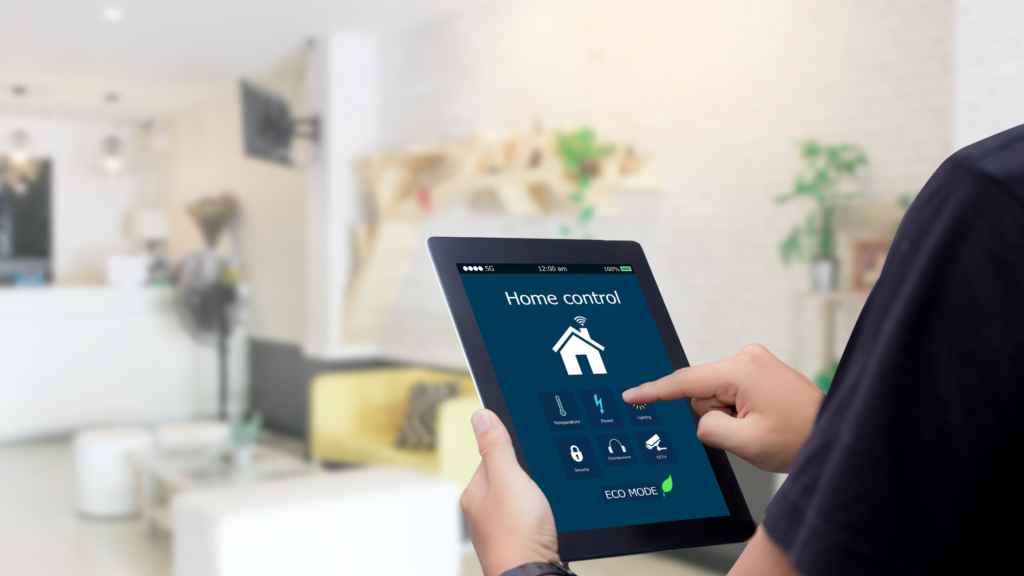
In recent times, the adoption of smart home technologies has seen a surge in popularity, and for good reason. These innovations offer not only enhanced energy efficiency but also a remarkable level of convenience that's hard to resist. Let's take a closer look at some of these ingenious technologies:
- Smart Thermostats: These intelligent devices go beyond the ordinary, tailoring your heating and cooling to match your occupancy and personal preferences. The result? Not only do you enjoy a cozy home environment, but you also witness significant energy savings, contributing to a greener and more cost-effective lifestyle.
- LED Lighting: Say goodbye to energy-hungry incandescent bulbs. With energy-efficient LED lighting, your home radiates brightness while consuming far less electricity. Your wallet will certainly appreciate the reduced lighting-related energy costs, and you'll be making a sustainable choice that's good for the planet.
- Home Automation: Imagine having the power to manage your appliances and systems with a simple tap on your smartphone, whether you're at home or miles away. Home automation systems grant you this convenience, ensuring that your appliances operate efficiently and that they're switched off when not needed. It's a technological marvel that simplifies your life while promoting energy conservation – a true win-win.
Insulation and Sealing
When it comes to optimizing energy efficiency, few things are as crucial as proper insulation and sealing. The truth is, when insulation is lacking or gaps in a building's protective barrier go unattended, it can translate into substantial energy loss. However, taking steps to upgrade your insulation and seal those gaps, especially around doors and windows, is akin to plugging the leaks in your financial ship. It's a smart move that not only enhances your comfort but also delivers tangible savings on your energy bills.
Energy-Efficient Appliances
Upgrading your outdated, power-hungry appliances with their energy-efficient counterparts can make a remarkable dent in your electricity consumption. Appliances bearing the Energy Star certification, for example, are engineered with efficiency in mind, ensuring they work optimally while sipping on electricity. It's a simple yet impactful step toward a more energy-conscious and cost-effective lifestyle.
You might qualify for a rebate of as much as $840 when you opt for an electric stove or an electric heat-pump clothes dryer. Additionally, you could receive up to $500 in support to defray the expenses involved in transitioning your energy source from natural gas or propane to electricity. If an upgrade to your home's electrical panel is necessary to accommodate these appliances, you could potentially be eligible for a tax credit of up to $4,000.
Investing in Solar Panels
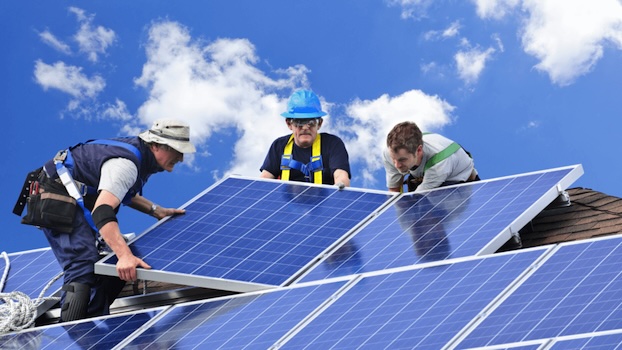
Investing in solar panels represents a forward-looking choice laden with a wealth of advantages. These solar panels, also commonly known as photovoltaic (PV) panels, work diligently to capture the sun's energy and convert it into clean, sustainable electricity for both your residence and your business. Delving into this endeavor, you'll find a trove of benefits and factors deserving your attention. Here, we'll explore the pivotal advantages and pertinent considerations that accompany the decision to invest in solar panels:
- Reduced Energy Bills: Solar panels generate electricity, allowing homeowners and businesses to rely less on grid power, resulting in lower monthly energy bills.
- Solar Tax Credits: The Inflation Reduction Act extends tax credits to individuals and businesses investing in solar energy systems. These credits reduce the upfront cost of installing solar panels.
- Net Metering: Many states offer net metering programs that allow solar panel owners to sell excess electricity back to the grid, further reducing energy costs.
- Environmental Impact: Solar energy is clean and renewable, producing no greenhouse gas emissions. By adopting solar panels, you reduce your carbon footprint and contribute to a greener future.
Homeowners have the opportunity to benefit from a 30% tax credit applied towards the installation expenses of solar panels and other renewable energy technologies like wind, geothermal, and biomass fuel systems. This incentive can substantially alleviate the financial burden, translating to potential savings ranging from approximately $4,500 to $7,500 on the typical cost of a residential solar electric system, which typically falls between $15,000 to $25,000, as reported by the Center for Sustainable Energy.
This represents a significant enhancement compared to the existing 26% tax credit for home solar power installation, which was slated to decrease to 22% in the upcoming year and eventually phase out entirely by 2024. Importantly, this updated tax credit extends its coverage to include battery storage technology. This means homeowners utilizing solar power can also invest in a battery system that stores surplus renewable energy for later use, offering greater flexibility and energy resilience.
Electric Vehicles (EV)
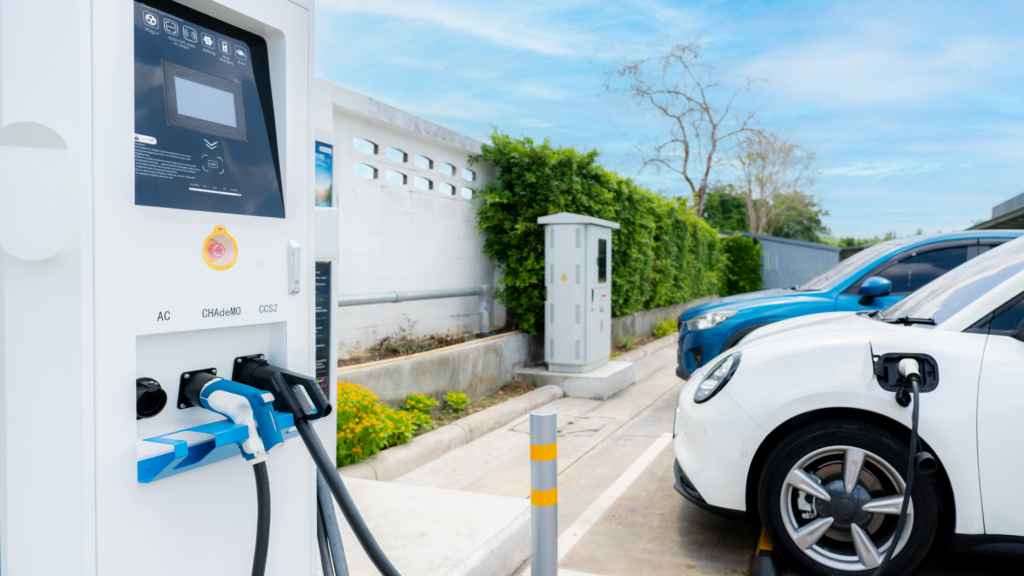
Purchasers of new electric, plug-in hybrid, and hydrogen fuel-cell vehicles stand to gain a tax credit with a maximum value of $7,500, contingent on the vehicle's battery capacity. A rebate of $3,750 will be granted if at least 50% of the battery components originate from the United States or countries within Free Trade Agreements (FTA), and an additional $3,750 will be awarded if at least 40% of the battery minerals are sourced from the U.S. or FTA nations. Beginning in 2024, consumers will have the option to claim this tax credit as a point-of-sale rebate directly at the dealership.
However, it's important to note that only vehicles priced below specific thresholds will be eligible. According to Kelley Blue Book, the average price for new electric vehicles in June was approximately $67,000. However, the new tax credit is restricted to sedans, hatchbacks, wagons, and similar vehicles with a price tag under $55,000. This means that higher-priced EVs such as the Tesla Model S, BMW i4, BMW i7, BMW iX, and Hummers are excluded from the tax credit. For SUVs, pickup trucks, and vans, the price threshold is higher, set at $80,000 to qualify for the tax break.
Furthermore, there is an additional criterion to consider. As of August 16th, the old EV tax credit was phased out, and only vehicles assembled in North America are now eligible for the new tax credit. This exclusion affects electric cars like the BMW i4, Hyundai Ioniq 5, Kia EV6, Kia Niro Electric, Toyota bZ4x, Toyota Mirai, and Subaru Solterra.
To determine if an electric vehicle qualifies based on its final assembly location in North America, consumers can use the 17-character Vehicle Identification Number (VIN) and utilize the National Highway Traffic Safety Administration's VIN Decoder tool at https://vpic.nhtsa.dot.gov/decoder/.
It's also worth noting that individuals must meet specific income criteria to be eligible for this tax credit. Households with an adjusted gross income of up to $300,000 will qualify, with lower income thresholds for heads of household ($225,000) and individual filers ($150,000).
For used electric vehicles, a tax credit of $4,000 or 30% of the sale price, whichever is lower, is available. To qualify, the vehicle must be at least 2 years old, cost less than $25,000, and be sold by a certified dealer. Income requirements apply, with married couples needing an income of less than $150,000 and single filers less than $75,000. Starting in 2024, the tax credit for used vehicles will also be refundable at the point of sale.
Conclusion
The Inflation Reduction Act offers a roadmap to reduce your energy costs while contributing to a more sustainable future. By leveraging tax incentives, embracing energy-efficient upgrades, exploring solar power, and considering electric vehicles, you can take significant steps towards achieving financial savings and environmental responsibility.
Ready to Explore Your Options and Get the Help You Need? Reach Out to Us Today, and Let's Navigate Your Energy-Saving Journey Together.
In a world where energy costs are on the rise, the Inflation Reduction Act presents a unique opportunity to secure your financial future while promoting sustainability. Don't wait; take the first step towards energy savings today.

